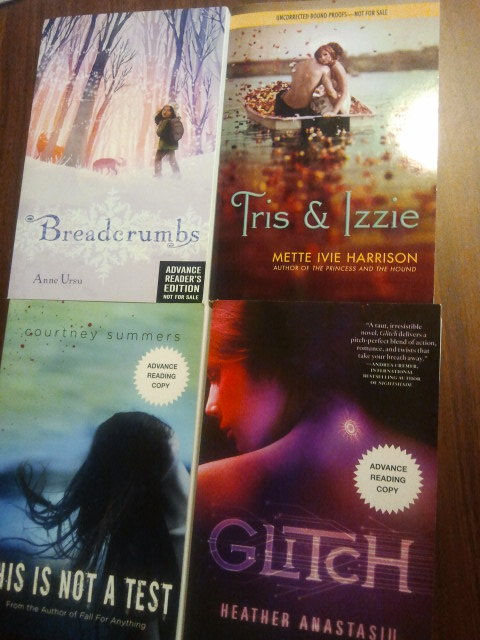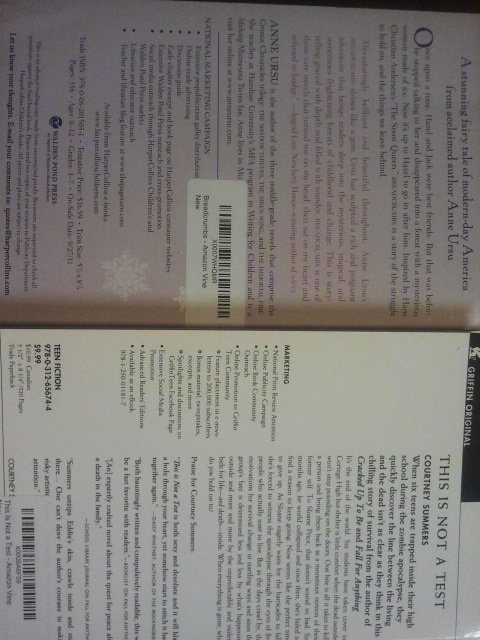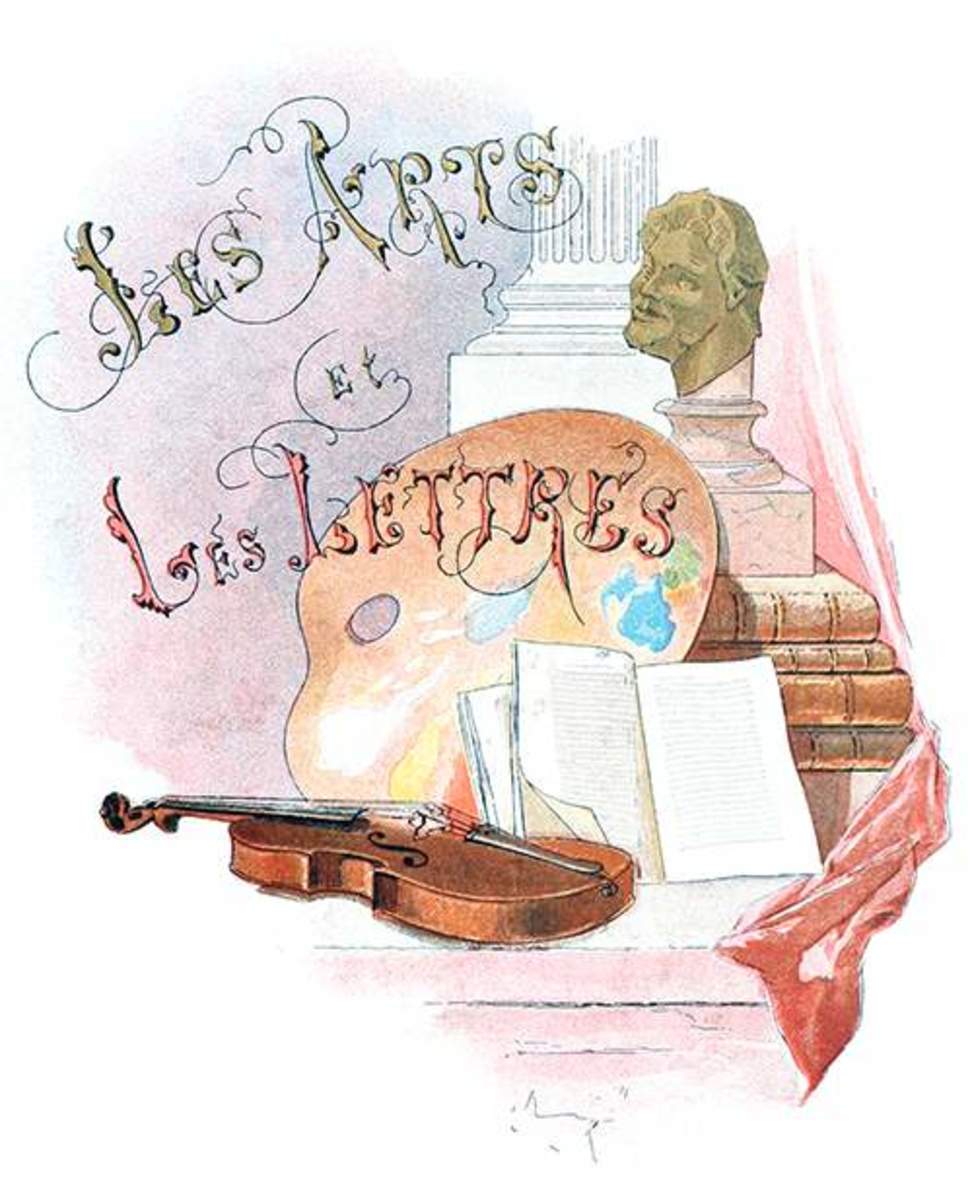What is an ARC or Advanced Readers Copy?
ARC's, or Advanced Readers Copies, are very important in the world of book reviewing, both to the potential reviewers, as well as the publishers and authors. In fact, ARC's form one of the biggest connections between book reviewers and publishers.
So what exactly IS an ARC and how do book reviewers (and perhaps others) get ARC's? What is the purpose of an ARC and what do they look like? Read on to learn everything there is to know about Advanced Readers Copies.

What is an ARC?
ARC's are the first published editions of a book given to exclusive members of the public. Often these are the almost-finalized versions of the book; they are the literary worlds' version of prototypes. They are published in the same format as the future book, and in color.
A book can and often will go through drastic changes between the ARC stage and the final publication stage. A friend told me about a recent ARC she had read that featured an extremely different end from the final story!
ARC's are also not fully edited. While the manuscripts may have been revised, edited, and re-written intensively, an Advanced Readers Copy will generally feature a few mistakes the editor missed. Since an ARC is generally in a much different format than a manuscript or final draft, editors and publishers can get a fresh perspective on the author's work and tease out any remaining errors.
What is the purpose of an ARC?
Publishers will print widely varying numbers of Advanced Readers Copies and will often distribute them to book reviewers, well-known and influential book bloggers and other authors and members of the publishing company.
Book bloggers and reviewers often receive these copies for free, for the purpose of reviewing and generating publicity (which can be positive or negative) about the novel ahead of its release date. It's a mutual relationship between publishers and reviewers. The publisher gets publicity out about the book and the reviewer gets a free book.
My ARC's came through a friend in the Amazon Vine program, a program that allows invited users to select several free items a month to review. Amazon will secure ARC's for their Vine members to review- that way, Amazon, the reviewer and the publisher all benefit.
Simply requesting an ARC can be difficult though- Most publishers will not respond to a request; instead preferring to send you the ARC, or to just ignore your request.

The back of an ARC
The back of an ARC is very different from the back of a regular edition of the book. One of the few similarities between the two is the presence of a short summary.
Besides this, an Advanced Readers Copy will often have additional, pertinent information about the book's future publishing and marketing campaign. To the far left and bottom of the two books pictured here is a small section headed "marketing" that details the agreed upon publicity campaign for the book.
The back of an ARC will differ greatly depending on publisher. The backs of ARC's from Griffin are often white, while other publishers prefer color, or a back closer to what the published book will have.

Other Arc Information
The side of an Advanced Readers Copy will be similar to the back of the book in design and will sometimes feature the expected publication date of the official novel. Not all ARC's have this feature as you can see in the picture to the right.
Again, the backs and sides of ARC's will differ in format based on the publisher, but the front of the book will be as close to the planned format for the book's official publication.








